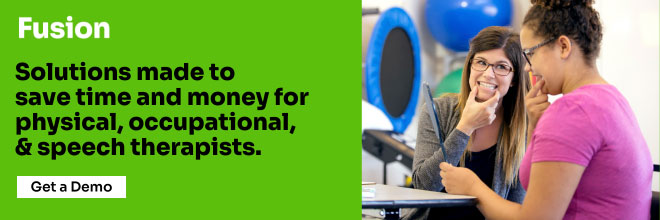A 1998 surveillance report by the Urban Institute found out that the population of older people aged (65 and above) will double by 2040, reaching about 80 million. It is the only time in the country’s history that the aging population will be larger than children under five years. That means there’ll be a significant increase in the number of people dependent on family and medical support for personal care.
As we age, our bodies and minds become more susceptible to serious medical concerns such as stroke and heart disease. Other physical ailments like arthritis and osteoporosis can have severe effects on the quality of day-to-day life. And, with the added likelihood of joint replacements, decreased mobility, and balance, it is all too easy for senior citizens to lose some of their independence and thus their quality of life. This is why it’s especially important older individuals receive specialized care and attention.
More and more importance is being placed on healthy aging or “aging well”. Physical and occupational therapists are in the perfect position to offer important care that could extend independence, minimize discomfort from age-related symptoms, and provide interventions to help older individuals recover from falls, strokes, and surgeries.
Rehabilitative Therapy for Seniors
Effective therapy intervention begins as a preemptive measure rather than reactive. Specialized senior rehabilitation programs are effective in not only restoring a normal lifestyle after an injury, surgery, or fall but can also help prevent further injury from occurring. After all, according to American Senior Communities, “When proper senior rehabilitation and treatment for falls isn’t set in motion immediately, over half of these older adults will likely experience another fall within six months.” And, as conditions decline, hospital stays grow longer, and transfer to an inpatient residential facility becomes more of a possibility.
Thankfully, rehabilitative therapy, usually a mix of PT, OT, and SLP, is highly effective and often covered by Medicare. Ranging from orthopedic to cardio-pulmonary, therapy can aid this population whether recovering from a shoulder pull on the back nine, a fall, a stroke, a hospitalization, a joint replacement, or even a sedentary lifestyle. Plus, getting a jump on this treatment can help not only reduce pain and return to independence, but it can also reduce the need for prescription drugs, which come with their own list of challenges for aging populations such as difficulty adhering to prescription plans, possible reactions as a result of polypharmacy, coverage concerns on fixed incomes, and much more.
Billing for services provided to seniors can be a little different, especially if you’re not used to it. Download our eBook about the ABCs of Geriatric Billing and make sure you get paid.
What Does the Growing Aging Population Mean for Therapists and Clinics?
A groundbreaking report by the US Institute of Medicine (IOM) in 2008, “Retooling for an Aging America: Building the Healthcare Workforce,” came to a discouraging conclusion: the country’s healthcare workforce wasn’t prepared to meet the medical needs of the growing population of senior citizens.
The study came up with two primary conclusions:
-
- The number of outpatient physical therapy patients will increase and comprise older patients across various healthcare practices.
-
- The number of geriatric doctors is too low to meet the healthcare needs of older adults.
Although this message was aimed at the US’s healthcare system, it’s applicable throughout the world. Many countries have used its advice to advocate for the need to bolster the preparation and education in geriatrics to ensure optimal aging. Medical professionals in geriatric PT departments have created policies and guidelines on essential academic and training in the care of senior citizens. Further, stricter standards of practice have been put to ensure physical therapists exercise competency whenever they work with older adults.
A Critical Time to Streamline Your Practice Management & Insurance Billing
The growing number of outpatient physical therapy patients means that PTs, OTs, and SLPs will experience a surge in the number of daily clients. It calls for geriatric professionals and clinics to emphasize rendering quality and effective physical therapies to their rising number of clients. This includes streamlined documentation, scheduling, and reporting tools that can help clinics run smoothly and scale alongside demand.
Medical professionals caring for older adults will also face the challenge of keeping up with the increased pressure on their billing systems. As specialty providers, PTs have to file multiple physical therapy claims, usually requiring them to handle the job manually. That can negatively impact the workflow and efficiency, and slow down the revenue stream clinics need to provide the best treatment possible. If your organization provides care for senior and/or geriatric patients, now is the time to take a look at your EMR and other practice management tools. An all-in-one therapy-specific EMR like Fusion can help relieve any strain on your team and technology.

